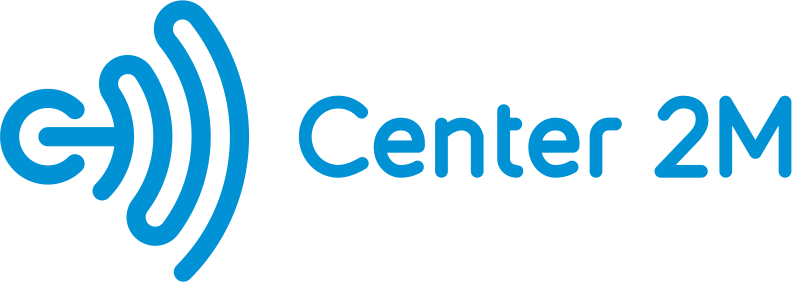One of the top 50 Russian banks
Lines are an unpleasant, but quite controllable phenomenon. There is often a crowd in a cafeteria of a large corporation, but the problem can be easily solved if the café load is distributed properly and employees have a chance to pick their own lunch time.
That was precisely the way chosen by a bank that decided to use a video analytics system to make the life of their employees at the head office easier and more pleasant.
That was precisely the way chosen by a bank that decided to use a video analytics system to make the life of their employees at the head office easier and more pleasant.
«NOT EVERY LARGE BANK OR CORPORATION WORRIES ABOUT PEOPLE STANDING IN LINE IN A CAFETERIA WAITING FOR THEIR LUNCH. FOR US, THE COMFORT AND CONVENIENCE OF OUR EMPLOYEES' WORKSPACE, INCLUDING THEIR LUNCH TIME, IS AN IMPORTANT PART OF THE CORPORATE CULTURE AND EMPLOYEE EFFICIENCY AS A WHOLE.
WE DECIDED TO CONDUCT THIS EXPERIMENT, WHICH SUBSEQUENTLY BECAME AN EXCELLENT SOLUTION FOR VERY DIFFERENT BANK PROBLEMS»
HEAD OF THE BANK IT DEPARTMENT.
WE DECIDED TO CONDUCT THIS EXPERIMENT, WHICH SUBSEQUENTLY BECAME AN EXCELLENT SOLUTION FOR VERY DIFFERENT BANK PROBLEMS»
HEAD OF THE BANK IT DEPARTMENT.

Request
Solve the problem of worktime wasted by employees as a result of waiting in line at the cafeteria
Solution
Cafeteria load during a week (hourly)
By clicking the widget button, any bank employee with access to the portal could go to a web site displaying on a graph the status of the line at the time and the load forecast.
To forecast future lines, load information for previous days was used. The graph calculated an average value for a specific period of time.
To forecast future lines, load information for previous days was used. The graph calculated an average value for a specific period of time.

Statistics of line load in the cafeteria
The bank has over 300 employees with unregulated lunch times. Most employees have lunch at the corporate cafeteria. There are crowds of people there during rush hour. That said, if some of the employees had come 15 minutes later or earlier, they would have been able to have lunch without affecting their work.
The bank contacted Center2M with a request to solve this problem.
The bank contacted Center2M with a request to solve this problem.

The Center2M team solved the problem using a video analytics system. A forecasting model for line management was developed, which allowed forecasting and preventing lines in the cafeteria. Implementation of the solution consisted of two steps
The team enhanced the video surveillance complex in the cafeteria with a system that could count the number of people in the facility
1
Several cameras installed in the cafeteria submit the data to the video analytics system, which counts the number of people in the area covered by the camera. When two or more cameras work in the same room, an image overlap area that has been set up using the system interface is saved. If a person comes into the scope of several cameras, they are only counted once.
Then the value of the number of people in line is generated for several frames in a row for period ∆t. For each room values for a set of such periods are downloaded for half an hour. The length of the time period and the number of periods is defined based on the number of rooms and the processing capacity used.
Then the value of the number of people in line is generated for several frames in a row for period ∆t. For each room values for a set of such periods are downloaded for half an hour. The length of the time period and the number of periods is defined based on the number of rooms and the processing capacity used.

The total amount of the number of people in line is generated for each room
For each period, an array of values of the number of people in the room is generated. The most often occurring value is selected. If there are several values occurring with the same frequency, the largest is selected.
The value obtained is the number of people in line at the time t, which directly follows the period observed. In just an hour, there is a set of values for various periods, i.e. values at times t_1, t_2 …. t_n.
The value obtained is the number of people in line at the time t, which directly follows the period observed. In just an hour, there is a set of values for various periods, i.e. values at times t_1, t_2 …. t_n.

The value that occurs most often in the array is the number of people in line at the time t
Then, the maximum and average values of the number of people are calculated for t_1, t_2 …. t_n and these values are reflected in a report as the peak and the average loads for a specific time.

The maximum and average values of the number of people are calculated and these values are reflected in a report

A widget was created for the corporate portal, which reflected information on how busy the cafeteria was
2

The system also analyzed the hours and traffic in the cafeteria. Based on information received, employees received advice on whether it was worth waiting for cookies right now or to postpone it to a better time.
Results
BEFORE SYSTEM IMPLEMENTATION
AFTER SYSTEM IMPLEMENTATION
in line at peak time
50 people
Results
The smart video analytics system saved the cafeteria employees from uncontrolled rush-times and the bank employees from the unpleasantness of waiting in a long line
A quote from the client:
«The smart video analytics experiment not only helped to solve the problem of lines in one particular case. This case became a ready-made solution for other large offices of the bank.
CenterVision allows putting in place a wide variety of scenarios:
• Implement face recognition;
• Develop a practical and reliable security system that is easy to set-up to fit business objectives.
«The smart video analytics experiment not only helped to solve the problem of lines in one particular case. This case became a ready-made solution for other large offices of the bank.
CenterVision allows putting in place a wide variety of scenarios:
• Implement face recognition;
• Develop a practical and reliable security system that is easy to set-up to fit business objectives.
The use of the system will give a huge boost to improving the quality of bank services and to making the employees work easier and more pleasant"

in line at peak time
<15 people
average wait time in line at peak time
61 minutes
average time to serve one employee
18.5 minutes

average time to serve one employee
>1.5 minutes
System implementation took 4 months for a small team consisting of a system architect, a developer, and a regional representative on the Company side and an IT specialist on the bank side


